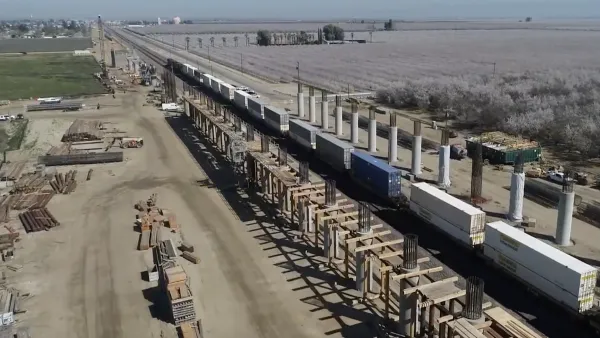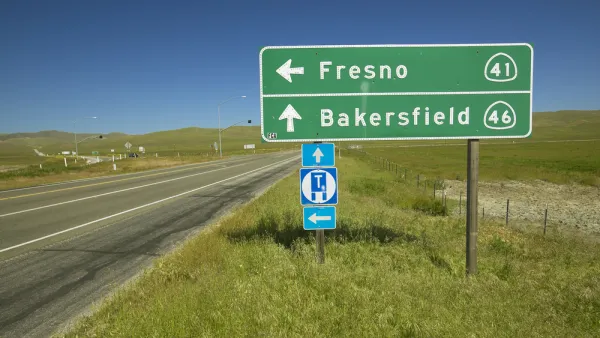No one expects the $8 billion to build any one single high-speed-rail system in the U.S. But the U.S., with its vast distances and low gas prices, is not Europe or Asia, and some question whether the investment will produce any substantial results.
"Some transportation researchers say a network of trains that can travel faster than 200 miles an hour is not feasible in the United States. They say the high price tag for building and operating a super-fast system will be the biggest deterrent.
And much like Amtrak's eight-year-old Acela Express, the only US high-speed rail, the trains would have to compete in a culture that prefers cars and planes.
"We have tremendous distances compared with Japan or Europe," said Carlos Schwantes, a professor of transportation studies at the University of Missouri-St. Louis. "We're just much bigger, and in so much of the country it's so low a population density that we'd have to ask the question: Is it worth spending our dollars for the infrastructure in those areas?"
High-speed rail systems, which have been slow to catch on here, took off abroad with the help of huge government subsidies and gas prices that were more than double what American drivers were paying when prices here peaked last year, transportation researchers say."
"Spread out over the country, $8 billion will be an important amount of money to advance the engineering and design," said Peter Gertler, national public transit services director with HNTB, an engineering and architectural firm that has been involved in the Midwest high-speed rail project. But going forward, he said, high-speed rail authorities "will need more local funding at the private and state levels."
Thanks to Bay Area Transportation News
FULL STORY: Will stimulus funds put rail on the fast track?

Analysis: Cybertruck Fatality Rate Far Exceeds That of Ford Pinto
The Tesla Cybertruck was recalled seven times last year.

National Parks Layoffs Will Cause Communities to Lose Billions
Thousands of essential park workers were laid off this week, just before the busy spring break season.

Retro-silient?: America’s First “Eco-burb,” The Woodlands Turns 50
A master-planned community north of Houston offers lessons on green infrastructure and resilient design, but falls short of its founder’s lofty affordability and walkability goals.

Test News Post 1
This is a summary

Analysis: Cybertruck Fatality Rate Far Exceeds That of Ford Pinto
The Tesla Cybertruck was recalled seven times last year.

Test News Headline 46
Test for the image on the front page.
Urban Design for Planners 1: Software Tools
This six-course series explores essential urban design concepts using open source software and equips planners with the tools they need to participate fully in the urban design process.
Planning for Universal Design
Learn the tools for implementing Universal Design in planning regulations.
EMC Planning Group, Inc.
Planetizen
Planetizen
Mpact (formerly Rail~Volution)
Great Falls Development Authority, Inc.
HUDs Office of Policy Development and Research
NYU Wagner Graduate School of Public Service



























